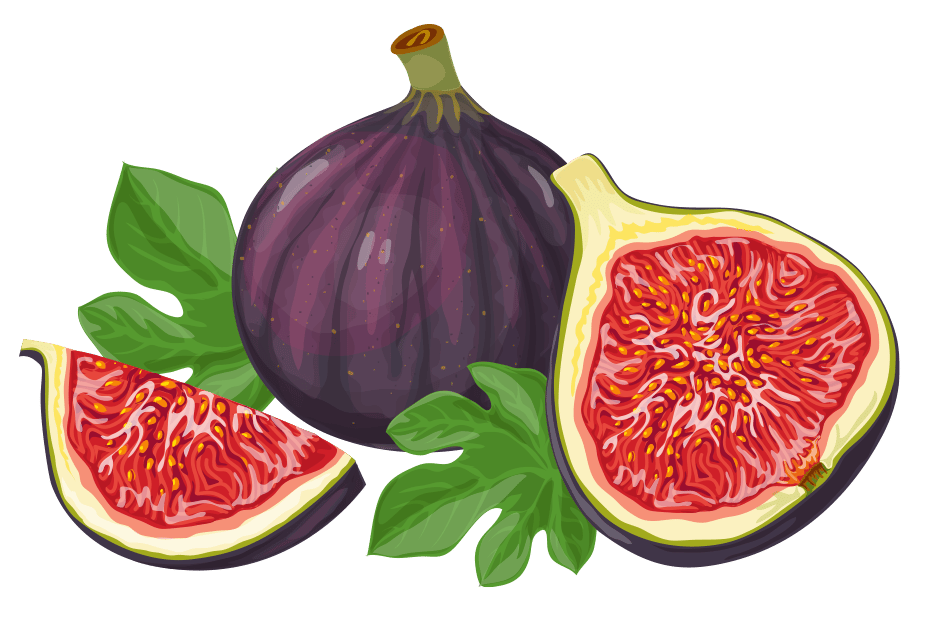Today’s consumers are more wary of sugar substitutes—and less forgiving of any that do not deliver the flavor and texture experience of real sugar: A recent Mintel survey revealed that nearly six in 10 consumers found sugar substitutes to have an “unappealing aftertaste.” And almost half divulged that alternative/artificial sweeteners triggered digestive issues.2
Consumers still place sugar reduction as a top priority when it comes to eating more healthfully. A survey by the International Food Information Council last year was just one of several finding that some three-fourths of Americans say they are “looking to limit or avoid sugar in their diet.”1
Allulose Hits the Sweet Spot


According to a December, 2023 report by SNS Insider, “The allulose market is on a trajectory of significant growth, with the global market valued at USD 0.38 billion in 2022 and projected to reach USD 0.60 billion by 2030, marking a CAGR of 6% from 2023 to 2030.”3
Allulose has a clean sweetness and flavor similar to sucrose or fructose, with no aftertaste. It is found in figs, jackfruit, raisins, corn, wheat, tapioca, and beets, among other plant sources. Allulose has bulking and browning properties, although it is more hygroscopic than sucrose. In some products, it delivers a slightly lower sweetness than sucrose but it can be a one-to-one substitute for sucrose in many formulations. In many fruit-based formulations, allulose, being an epi-isomer of fructose, can help enhance natural fruit flavors.
The natural sweetener allulose is finding increasing favor among food and beverage makers for its ability to meet these seeming “Catch-22” consumer demands for sucrose-like flavor and performance but with a mere 1/20th-1/10th the caloric impact.
Allulose Answers the Call


Allulose has a low glycemic index and has been shown in a number of studies to help lower post-prandial blood sugar levels and lower insulin secretion in persons with type-2 diabetes.4 Another recent randomized, double-blind, crossover study found allulose to be safe and well-tolerated by children.5
Allulose and health

A comprehensive review of research established that the oral texture or mouthfeel of a food or beverage can have a positive influence on the perception of sweetness6, suggesting that a combination of texture modification with allulose or other clean-tasting replacer for caloric sweeteners could be successful in reducing calories in a formulation without compromising the overall organoleptic experience.
Feeling Sweeter
1. “Public Perceptions of Dietary Sweeteners;” International Food Information Council (May, 2023)
https://foodinsight.org/ific-survey-public-perceptions-of-dietary-sweeteners/
2. “US Sugars and Alternative Sweeteners Market Report;” (Mintel, 2022)
3. “Allulose Market;” (Global Market Insights, May, 2024)
https://www.linkedin.com/pulse/allulose-market-grow-usd-060-billion-2030-due-increasing-health-bqzwf/
4. “Gastrointestinal Tolerance of D-Allulose in Children;” (Food & Function, January, 2024)
5. “A Pilot Study on the Efficacy of a Diabetic Diet Containing the Rare Sugar D-Allulose in Patients with Type 2 Diabetes Mellitus;” (Nutrients, June, 2023)
6. “The Role of Intrinsic and Extrinsic Sensory Factors in Sweetness Perception of Food and Beverages;” (Foods, June, 2019)


